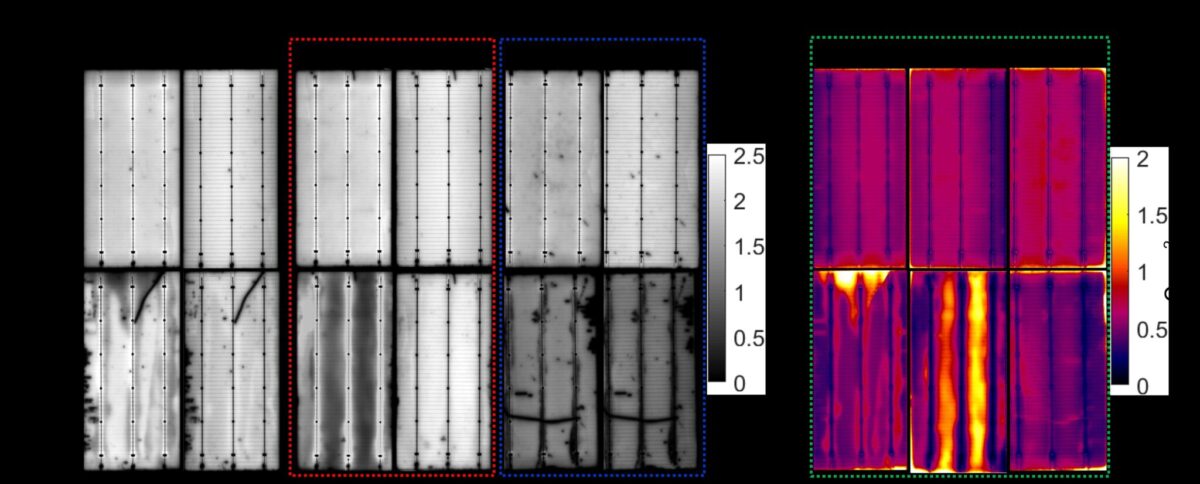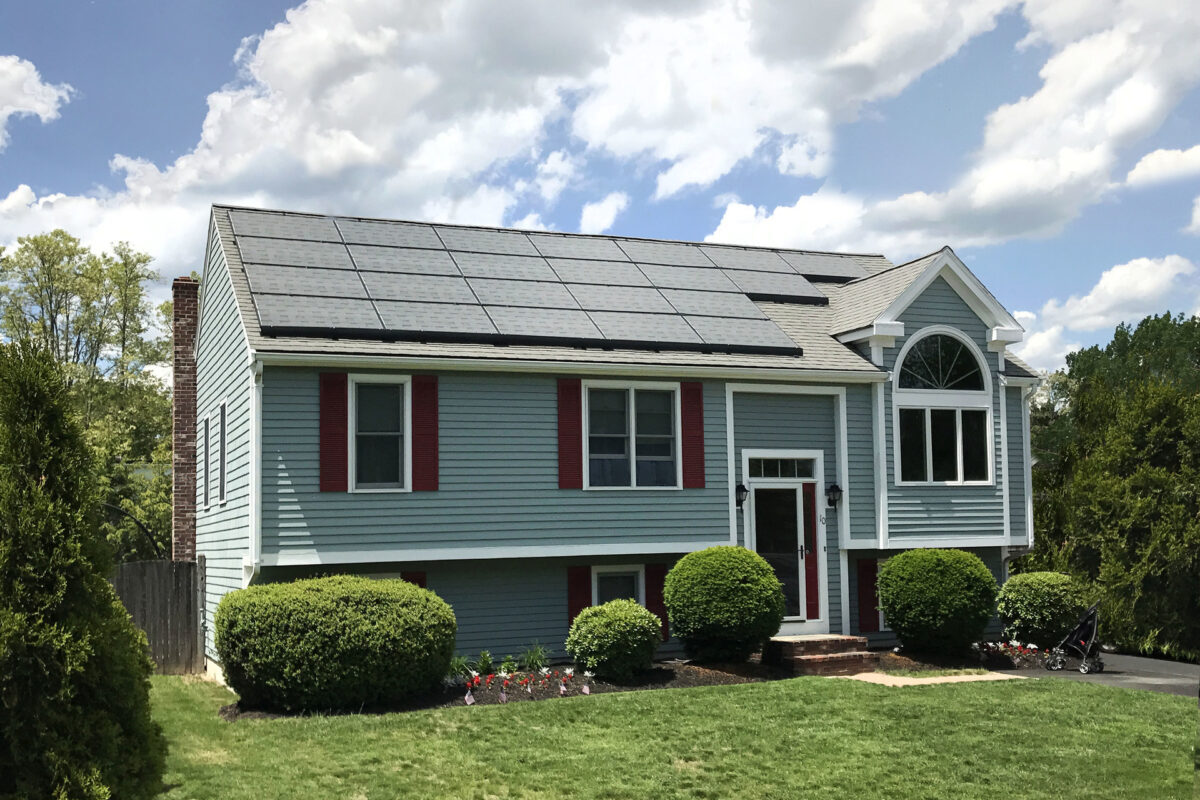From pv magazine global
A research team from the University of New South Wales (UNSW) has investigated failure modes in heterojunction (HJT) solar modules with glass-backsheet configurations.
“We have identified four failure modes in the silicon heterojunction glass-backsheet module which has the potential to result in a power loss of up to 50% following damp heat testing,” researcher Chandany Sen told pv magazine. “We sought to understand the possible underlying causes of each failure mode and how to quickly detect them at the cell level.”
The scientists conducted their experiment on bifacial half-cut n-type silicon HJT solar cells sourced from industrial production lines of unidentified manufacturers. The products were divided into three groups: modules with encapsulated cells; modules with encapsulated cell precursors; and non-encapsulated cells. For the first two groups, the researchers used ethylene vinyl acetate (EVA) encapsulant.
“All samples featured an n-type wafer, intrinsic hydrogenated amorphous silicon (i-a-Si:H) passivation layers on both sides, and phosphorus-doped (n-a-Si:H) and boron-doped (p-a-Si:H) hydrogenated amorphous silicon layers on the front and rear sides, respectively, followed by indium-doped tin oxide (ITO) layer deposited on both sides,” they said.
All devices underwent a damp heat test at 85°C and 85% relative humidity (RH) for durations between 500 hours and 4000 hours.
Through this testing, the academics identified four failure modes for the encapsulated cells, resulting in power losses ranging from 5% to 50%. The first failure type consisted of cell darkening in localized points, and the second was represented by darkening around the interconnection of busbars and ribbon wires. The third failure mode involved intense darkening between the interconnected regions of busbars and ribbon wires, while the fourth showed darkening on the interconnected region of busbars and ribbon wires.
According to the group’s analysis, the first failure type was attributable to surface contamination, which may have occurred during handling or characterization before module encapsulation. As for the second and third groups, the scientists attributed the failures to the involvement of soldering flux.
“The direct impact of flux and lead (Pb) solder in causing contact degradation after DH testing was also observed in other work,” they said. “It is essential to highlight that, in some cases, the usage of a different Ag paste also resulted in a Type-3 failure.”
For the fourth group, the researchers indicated that the failures likely originated from the byproduct of EVA used for encapsulation.
“Although the experimental design in this work cannot determine exactly how each failure mode occurred after DH testing, it demonstrates plausible situations that could happen in the industry environment and lead to the actual failure modes observed,” they concluded.
Sen said that comprehending and mitigating these failure modes, preferably at the solar cell level, will be crucial to realizing the low-levelized cost of electricity (LCOE) potential of HJT. She said that while glass-glass modules are frequently employed for HJT solar cells due to their reduced susceptibility to moisture ingress, similar failure modes are likely to occur in these modules over more extended periods.
The research team presented its findings in the study “Four failure modes in silicon heterojunction glass-backsheet modules,” published in Solar Energy Materials and Solar Cells.
This content is protected by copyright and may not be reused. If you want to cooperate with us and would like to reuse some of our content, please contact: editors@pv-magazine.com.









Solar Gothic, meet Gothic Solar. You peeps are just like mopey puppies, wrestling to be the darkest abruptmost extinction 🦤🦣 . I’m gonna go talk to some glazers…